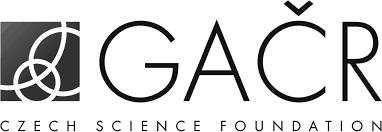This study presents the optimization of organic Rankine cycle (ORC) which utilizes low
temperature waste heat from the aluminum production process and two low temperature
renewable energy sources, solar thermal energy and geothermal energy. As geothermal
energy is present at lower temperature level compared to the other two heat sources, two
separate ORC cycles are considered. Optimization of the proposed system is performed
based on a non-linear programming (NLP) formulation by maximizing the thermodynamic
and economic performance of the system. The main variables considered in the model
include temperature, pressure, flowrate, mass enthalpy, and energy flows of all the
streams in the system. To optimize the variables in the system, correlations were
developed, which were formulated as NLP models and optimized by minimizing the sum
of least squares. The results show that most of the generated power output can be
provided by the waste heat, while the lowest by the solar energy due to the relatively
low average solar irradiance at considered location. When monthly time periods are
considered, the highest electricity production is generated by the working fluid R1245fa in
June, and amounts to 830.4 kW from waste heat, 246.5 kW from geothermal energy and
149.4 kW from solar energy. The proposed system is economically feasible for all three
studied working fluids and the discount rates of 2% and higher. The final conclusions
indicate that the proposed ORC system utilizing waste heat, geothermal and solar
thermal energy, can generate power in a more sustainable way.



